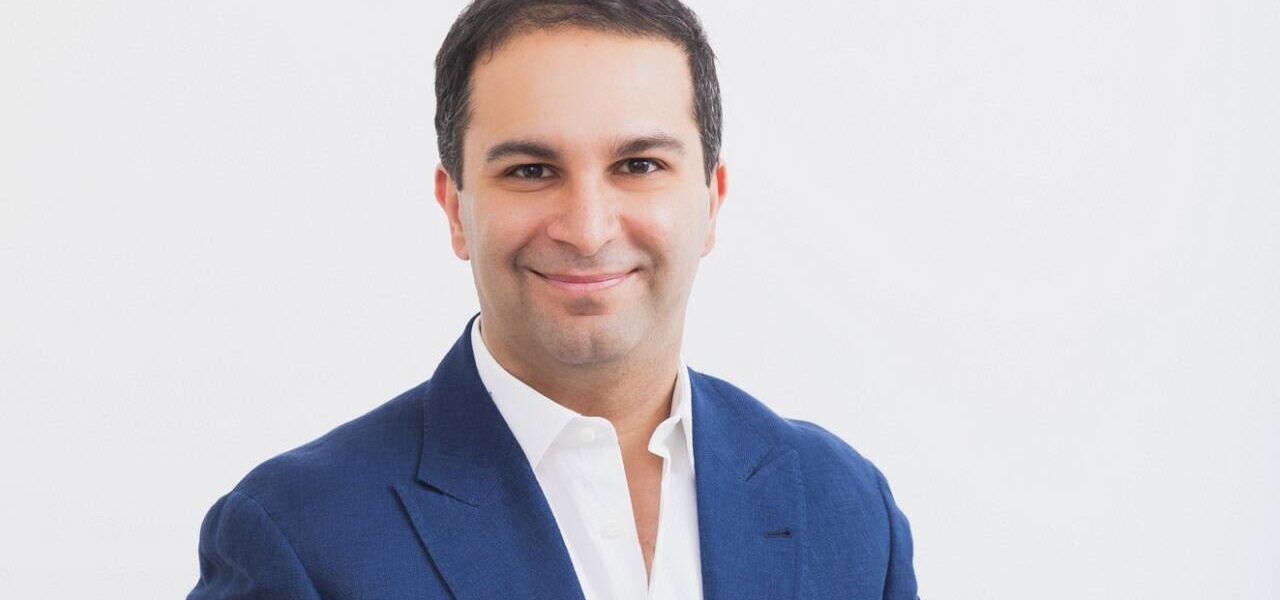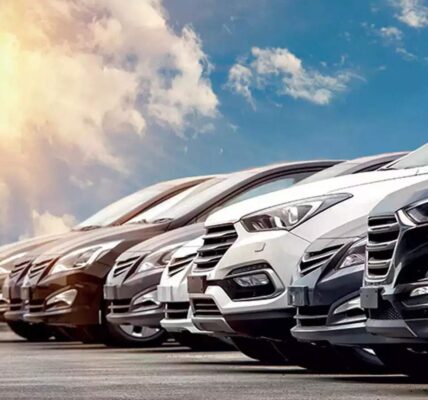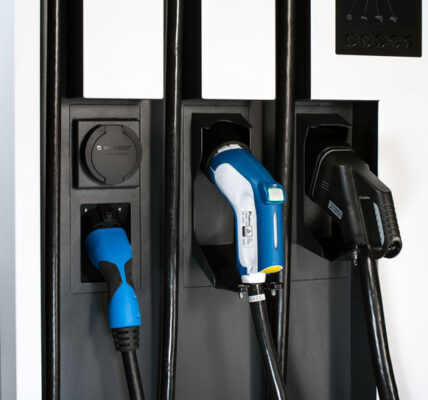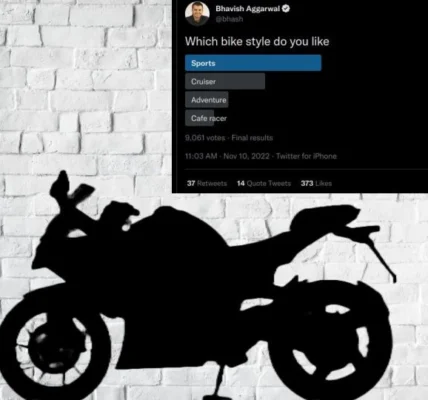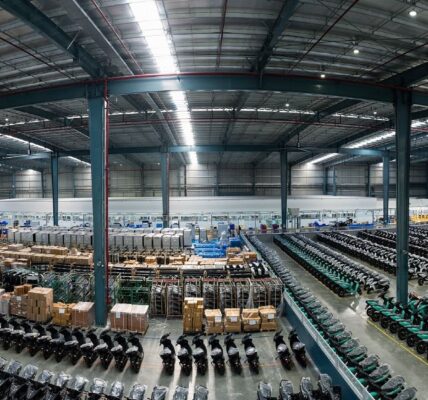Somewhere in Ballari, Karnataka, a new furnace is firing up all of India’s electric-vehicle dreams. “It does look a bit like an oven,” admits Vikram Handa, the owner. But it’s no ordinary one. This furnace is 20 metres long and the only one of its kind in the country. It’s designed to continuously superheat coal tar, a steel industry by-product that typically ends up in tyres and paint, and turn it into high-quality synthetic graphite, a key component of rechargeable lithium-ion batteries.
Handa’s company, Epsilon Advanced Materials, was launched in August 2020. Already, the world is watching. As more electric vehicles take to the streets, the global demand for graphite anodes for batteries is set to rise 19% per year through 2029. “China dominates the anode market, delivering close to 90% of the world’s demand,” says Handa, 40. As India’s first facility to produce graphite anodes, his furnace, and company, represent India’s first step towards challenging China’s monopoly in the field.
Handa plans to invest approximately ₹500 crore over the next five years to produce 50,000 tonnes of synthetic graphite anode by 2025. By the end of the decade, he hopes to produce 100,000 tonnes of it, meeting 10% of estimated global demand.
It’s a big step, particularly since India has been something of a late starter in the electric-vehicle industry. We know already that a car or bike that runs on electricity is better for the Earth than one guzzling fossil fuels and emitting pollutants. American and European users report, happily, that electric vehicles move more smoothly (though many drivers miss the revving and humming of an internal combustion engine). Auto experts say that because an electric vehicle has fewer moving parts, it’s also cheaper to maintain in the long run.
In the short term, however, electric vehicles are so much more expensive than their fuel-tank counterparts that they account for a meagre 1% of car sales in India. “When you buy an electric car, 50% of the cost is just for the battery pack,” Handa says. “Of that pack, 40% of the cost is for the cells, and 15% of that is the graphite anode. So making an electric car cheaper is largely a matter of lowering battery costs. We need to make our own batteries, not import them. And that’s what we’re hoping to do.”
It took two years for Epsilon Carbon, the coal-tar distillation parent company, to develop an environmentally friendly process to produce the graphite anode material. The electric furnace is powered by waste sulphur dioxide, nitrogen dioxide and other gases produced by Epsilon Carbon. “Material moves through pipelines, not barrels, trucks or tankers,” Handa says. There’s a patent on the furnace design, the process and the product. In addition, Handa has also set up a research and development lab to test new materials and cell capabilities.
For Handa, at least, the raw material is relatively easy to source. His father-in-law is Sajjan Jindal, the chairman and managing director of JSW Group and owner of India’s largest steel mill. And it helps that India’s electric-vehicle market is poised for growth. Automobile manufacturers such as Mahindra & Mahindra and Tata Motors are already taking decisive steps toward manufacturing indigenous electric or hybrid cars. Tesla, Elon Musk’s electric vehicle and clean energy company, registered its Indian subsidiary in Bengaluru earlier this year. Even Ola, the app-based ride-sharing company, is getting into the game. It has set up a plant in Tamil Nadu that will aim to make 15% of the world’s electric scooters by 2022.
“In the last couple of years, I’ve seen the adoption of electric two- and three-wheelers pick up,” Handa says. “Everyone is looking for battery packs. Even NITI Aayog [the union government’s think tank] is investing in ideas for cell manufacture.” The government plans to have green vehicles comprise about a third of its fleet by 2030. India’s transport minister Nitin Gadkari has announced that a comprehensive battery policy is in the works. Last Sunday, at a corporate summit, he expressed a hope that India would eventually be the world’s top producer of electric vehicles.
It will be a while before Indian-made, Indian-powered electric cars whoosh en masse down our roads and highways. “It’s taken a while for the wheels to move,” Handa says. “But India is such a large market. Adoption, once it starts, will see exponential growth.”
Also, being a late mover means we’ve learnt from the early mistakes of the West. We have the advantage of improved processes and lower manufacturing costs than even a decade ago. For Handa, keeping the furnace going has a simpler goal. The Chinese import all their raw material, process it, and sell batteries to the world. India, on the other hand, is abundant in graphite and other minerals. Nothing should hold us back from powering up and doing it well. “It’s a matter of national importance,” he says.


